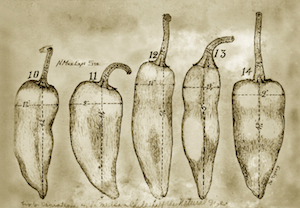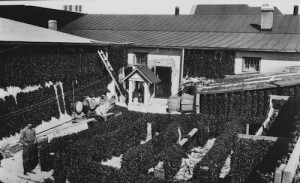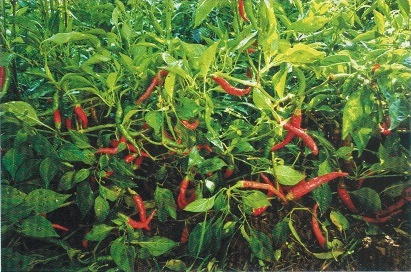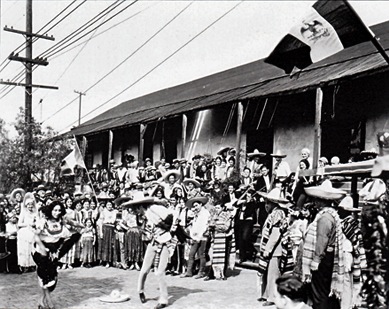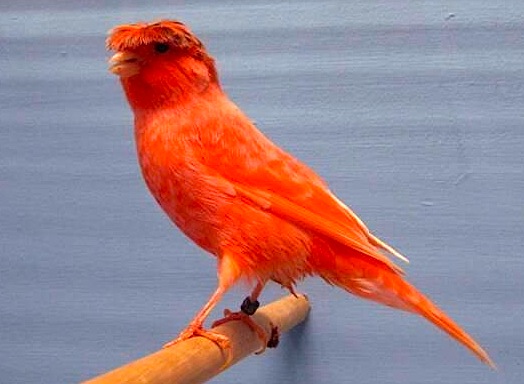NMSU Research Report 763, November, 2008 By Danise Coon, Eric Votava, and Paul W. Bosland Photos by Paul W. Bosland, Dave DeWitt, and Harald Zoschke The New Mexican-type chile is an important ingredient in the Southwestern food industry. Chiles have grown from a regional food for tourists to an important international export. Improvement of New Mexican chile cultivars through breeding …
New Mexico Chile Pepper History Through 1973
By Tom Clevenger and David G. Kraenzel Chile has been produced in the Rio Grande Valley for almost 400 years. The following excerpt from the Rio Abajo Press, February 2, 1863, indicates the importance of the crop more than 100 years ago: “Congress takes fifty thousand dollars out of the pockets of the people of the United States to …
Jefferson on Peppers: “Planting is one of my great amusements.”
Editor’s Note: This excerpt from Peter J. Hatch’s book, “A Rich Spot of Earth”: Thomas Jefferson’s Revolutionary Garden at Monticello, is reproduced by permission of Yale University Press (New Haven: Yale University Press, 2012, 145-148). Order it from Amazon.com here. By Peter J. Hatch Jefferson grew various forms of Bells, Bullnose, sweet, and cayenne pepper (Capsicum annuum), as well …
The Grains of Paradise
By James Street Editor’s Note: This short story about a chile-eating contest in Tabasco, Mexico, was first published in The Saturday Evening Post on May 14, 1955. The author makes so many errors about chile peppers, black pepper, and melegueta pepper that it’s humorous. How many errors can you spot? I do not like stories that suggest one thing and …
Historical Uses of Cayenne
For millennia, cayenne in its various forms has been considered to be beneficial to mankind both as a food and a medicine. Researching in Google Books, I came across the following uses for cayenne, which has become a generic term for any hot red chile powder. The Cayenned Canaries At any ordinary bird show, canaries of a special breed the …

